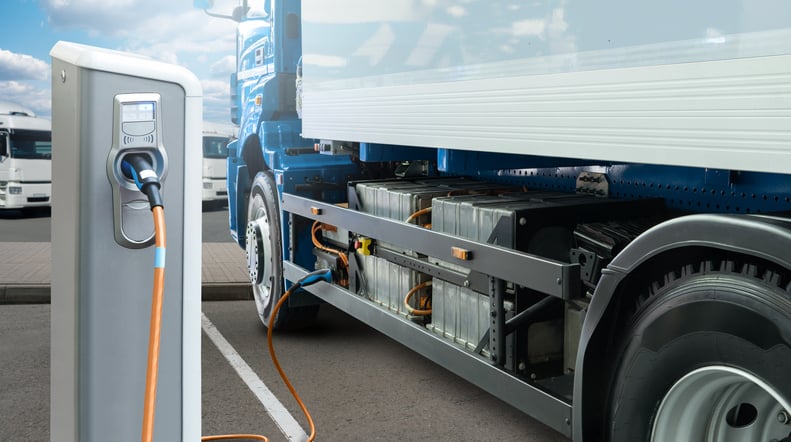We’ve all seen the recent news regarding the successful single charge, 500-mile haul by a Tesla truck. Tests like this one raise a lot of questions, one of the most important posed by those that will be responsible for delivering the power to these massive batteries on wheels. They’re biggest question: Are we ready for this?
According to a new study of highway charging requirements done by National Grid Plc., probably not.
Researchers determined that by 2030 electrifying a typical highway gas station will require as much power as a professional sports stadium, and that estimate doesn’t include big rigs, just electrified passenger vehicles. As more electric trucks hit the road, the projected power needs for a large truck stop will equal that of a small town by 2035. That’s a lot of juice!
Bart Franey, Vice President of Clean Energy Development at National Grid warns that if power upgrades don’t start soon, the transition to electric vehicles – electric trucks aside – will be quickly constrained by a grid unprepared for the demand.
Making these updates is no small feat. A connection to the grid that can handle more than 5 megawatts takes up to eight years to build, at a cost of tens of millions of dollars, and the bigger challenge yet is not in suppling the power itself, but how quickly high-speed chargers will need to deliver electricity at a single place and time.
“It’s not like plugging in a toaster. If you put 50 trucks somewhere, that is basically equivalent to a factory,” said Dave Mullaney, who leads analysis of electric trucking at the RMI energy research institute. “Utilities know how to build factories, but it’s the process and sequencing required that’s scary to me. Utilities need to be starting half a decade ahead of the trucks in order to not be bottlenecking the transition to electric trucks.”








